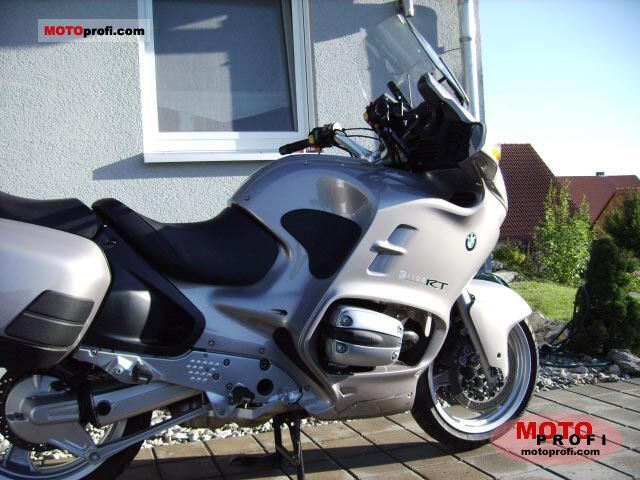
Bmw Torque Specs Pdf
Attached is the rear suspension and subframe torque specs. Attached Images. File Type: pdf, BMW Torque Values.pdf (172.4 KB, 5046 views).
The ads above are Google-sponsored. Clicking on them at every visit helps support this website! Clicking on something inside an advertisement helps even more! Torque values © Copyright 2018, R. Fleischer 71B Read if you have not previously, either before or after this article. Torque is the result of force applied, via a lever. The torque value is the product of the applied force multiplied by the lever length, all as applied 90° to the direction of the force.
Torque values between systems of measurement. Foot pounds is same as pound-feet; ounce-inches is same as inch-ounces. Some values rounded. Nm x 0.738 = foot-pounds Foot-pounds x 1.356 = Nm Inch-ounces = 141.6 x Nm Foot-pounds x 192 = inch-ounces Inch-pound x 1.15 = CmKg Mkp (or Mkg) x 7.23 = foot-pounds Bolt head sizes.Caution!
BMW has been shipping some bolts with one wrench size smaller heads, using the original part numbers. A dealership might have both sizes in the same box on their shelves; or, perhaps you order a bolt & get one with a different head size than you expected.
You likely do not have 18 & 16 mm wrenches in your Airhead tool kit! I have seen 18 mm being substituted for 19 mm; 16 mm for 17 mm.
K bikes don't generally have this problem.most started with the even numbered sizes. Later model BMW motorcycles are using the smaller heads.
There is no need to carry extra & new sizes of wrenches, if you are careful & knowledgeable.and.now you ARE! Nuts, bolts.grading systems & standard torque values: Fittings from Germany are specified by a grading system that is different from what is used in the U.S. For American SAE items. Fittings from Germany are Metric. Bolts are marked on their heads by a number that corresponds to the over-all strength. Ratings (grades) used in the German DIN system are, in increasing order of strength: 5.6; 6.8; 6.9; 8.8; 10.9; and 12.9.
8. Download video goyang dumang versi upin ipin. 8 is a fairly strong metal, & is quite common on BMW's. While 8.8 is commonly available now in American hardware stores, many such stores carry INFERIOR bolts, often unmarked.and in some instances you can not depend on any markings it may have.
Nuts are a bit different.see later, herein. BMW uses bolts rated stronger than 8.8 in some places, such as shock absorber mounts, brakes, rods, crankshaft-to-flywheel or clutch carrier.etc.
I suggest using BMW-supplied parts! In some instances BMW uses specially made & treated items. Don't even think about using non-BMW fasteners for the driveshaft U-joint, flywheel or clutch carrier, rods. There are standardized tables for recommended tightening torque for fasteners. The purpose of the tables as shown in the BMW Factory Service Manual is for those rare instances when there is no BMW specification elsewhere's for torque for an item. It will be quite rare that you would have to consult those tables. The tables have the size of the fastener (M6, M8, M12, etc.) & optimum tightening torque for the grade of metal.
In the DIN (German standards) system, bolts & nuts are assumed to be phosphate treated, no after-treatment, not galvanized. Separate or included in the same tables may be information if the steel parts are cadmium plated, or otherwise treated; ~30% less torque is recommended for cadmium plated parts.
Cadmium plated parts are hardly available anymore from Europe. Tables are different for NUTS; nuts are rated as 8, 10, & 12 in strength.with the same sort of variances for plating, lubrication, etc. Thus, a nut & bolt may have slightly different ratings.
As a general rule, there are some sort of standards for all the various types of headed screws, bolts, etc. If no specification by BMW for your specific fastener/location, you can usually use standard table values.
Standardized charts/tables for general torque specifications for fasteners are almost always wrong for gasketed joints, joints of soft materials, and steel threaded items into various aluminum alloys. Closer values will be found in the BMW DIN standards chart located in the factory manuals.BUT!because of the potential for serious damage, I do not list standardized values, only specific item values.
I advise you to not use standardized values, whether industry type, or BMW charts. Except as a last resort, particularly where I do not show a value in this article. FIRST check this article, well-below, and see if I have a torque value for you! I DO HAVE the BMW factory manual tables for 'common hardware' torque values, strengths, etc. These are specific to types & sizes and 'treatments' of such as bolts, but not specific for any place on your bike they are used at.  I have thought about copying the charts and making them available by link in this article, but haven't found any need, so far, and, I have strong concerns if you used such charts/table values, and not what is in the lower part of this article. The chart tables can be WAY wrong, for specific items, that BMW has specified the torque for, or, that I have.
I have thought about copying the charts and making them available by link in this article, but haven't found any need, so far, and, I have strong concerns if you used such charts/table values, and not what is in the lower part of this article. The chart tables can be WAY wrong, for specific items, that BMW has specified the torque for, or, that I have.